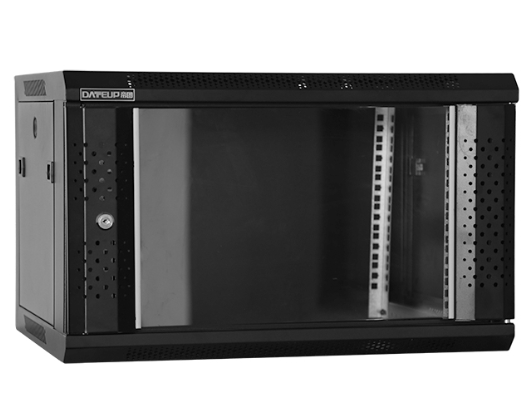News
Site Editor
 Site
https://leonetworkgroup.usa18.wondercdn.com/uploads/image/5fe152faa587d.png
Shielded cables are commonly used in various industries such as in telecommunications, medical equipment, and aerospace. These cables are necessary to ensure that data transfer and signal transmissions are consistent and free from interference. However, shielded cables are not invincible. There can be instances of manufacturing errors, physical wear and tear, or damage caused by environmental fact
Site
https://leonetworkgroup.usa18.wondercdn.com/uploads/image/5fe152faa587d.png
Shielded cables are commonly used in various industries such as in telecommunications, medical equipment, and aerospace. These cables are necessary to ensure that data transfer and signal transmissions are consistent and free from interference. However, shielded cables are not invincible. There can be instances of manufacturing errors, physical wear and tear, or damage caused by environmental fact
How To Test Shielded Cable
Views: 759
Author: Site Editor
Publish Time: 2023-07-13
Origin: Site
Shielded cables are commonly used in various industries such as in telecommunications, medical equipment, and aerospace. These cables are necessary to ensure that data transfer and signal transmissions are consistent and free from interference. However, shielded cables are not invincible. There can be instances of manufacturing errors, physical wear and tear, or damage caused by environmental factors that can cause failure in the cable's operation. A proper testing method needs to be used to ensure that shielded cables deliver the desired performance.
There are several testing methods used to test shielded cables to ensure that they are performing to the desired standard. The most commonly used testing methods include:
1. Continuity and Resistance Test - This test verifies that all components of the shielded cable are correctly connected, and there is no breakage. It also checks for wire connections and resistance.
2. Dielectric Test - This test ensures that the cable's insulation is capable of withstanding the specified voltage levels without cracking or breaking down. This test is critical as it ensures safety and eliminates the risk of electrical shock to users.
3. Capacitance Test - This test measures the electrical capacitance of the shielded cable and ensures that it's within the permissible values. Capacitance can affect the performance of the cable, and so it's essential to check for the capacitance values of the cable.
4. Insulation Resistance Test - This test is designed to measure the quality of insulation used in the cable. The test is carried out by checking the resistance value between the outer metallic shield and the individual wire cores.
5. Electromagnetic Compatibility (EMC) Test - This test evaluates the cable's ability to operate in an environment with sources of electromagnetic radiation without affecting the system's performance. This test is crucial in ensuring that the cable can function correctly in a high-frequency electromagnetic field, such as in communication systems or medical equipment.
6. Mechanical Test - This test ensures that the cable is physically robust. The cable should be tested for resistance to bending, twisting, and pulling to ensure that it can withstand the harsh operating environments.
In conclusion, it's critical to test shielded cable thoroughly to ensure it's free from manufacturing errors and performs to the required standard. These tests must be carried out by experts to ensure accurate results and identify any issues that need correction. Testing ensures that these cables perform to the highest standards and avoid unexpected faults, malfunctions, or downtime. It's always important to choose the right testing method for your cable application and work with professionals familiar with testing procedures for shielded cables.
If you want to know more about industrial network cabinet,china fiber optic splice closure,china fiber optic distribution box,please consult the fiber optic splice closure factory









